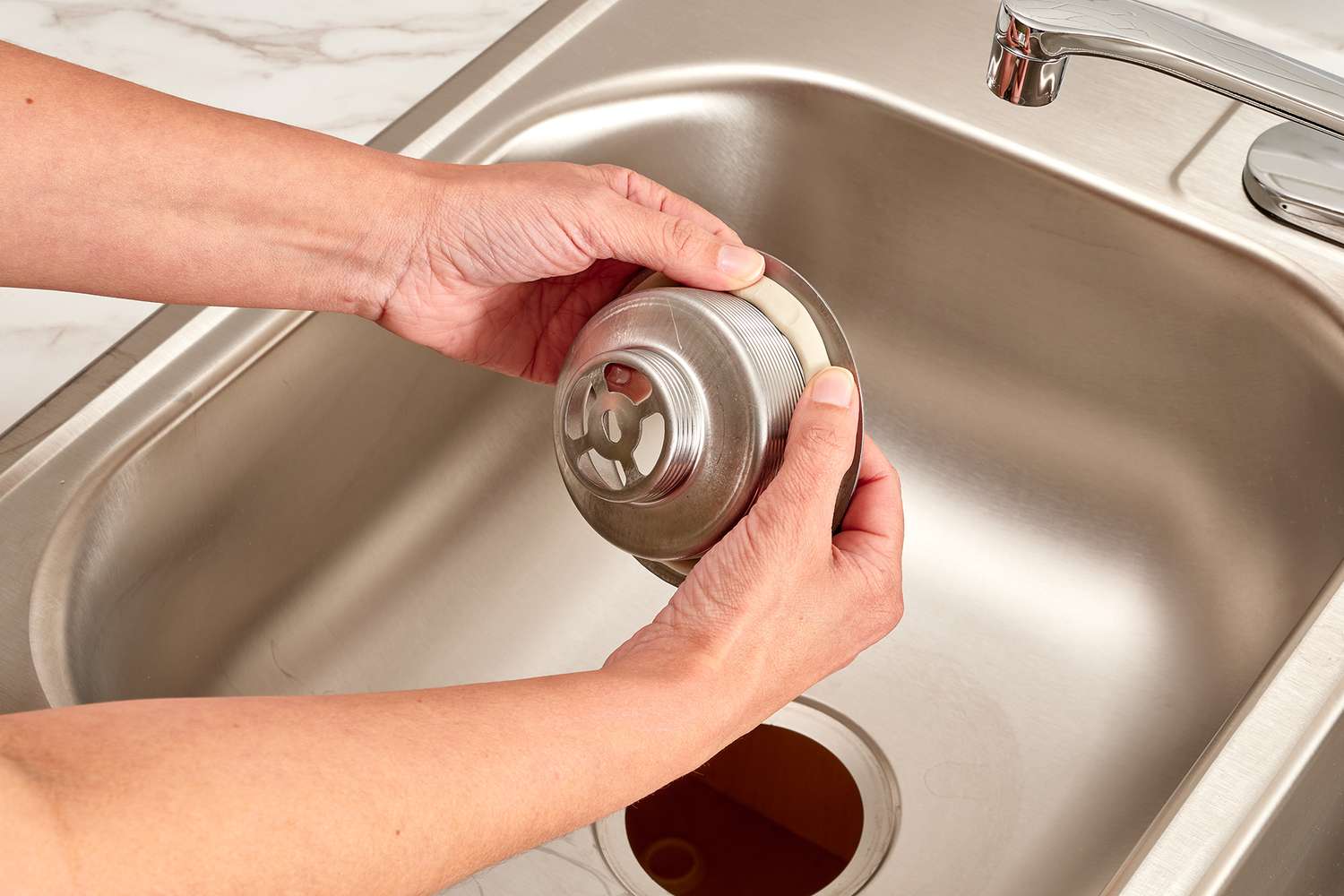

Articles
How To Use Plumbing Putty
Modified: February 23, 2024
Learn how to properly use plumbing putty with our comprehensive articles. Get step-by-step instructions and tips for a leak-free plumbing project.
(Many of the links in this article redirect to a specific reviewed product. Your purchase of these products through affiliate links helps to generate commission for Storables.com, at no extra cost. Learn more)
Introduction
Plumbing putty is a versatile and essential tool for any DIY plumber or professional contractor. This pliable material is designed to create a watertight seal around various plumbing fixtures and fittings, preventing leaks and ensuring a secure connection. Whether you’re installing a new sink, repairing a leaky pipe, or replacing a faucet, plumbing putty is a must-have item in your toolkit.
In this article, we will explore the ins and outs of plumbing putty, including its uses, types, and step-by-step instructions on how to use it effectively. By the end, you’ll have a clear understanding of this vital plumbing material and be equipped with the knowledge to tackle any plumbing project with confidence.
Key Takeaways:
- Plumbing putty is a versatile, durable, and essential tool for creating watertight seals in various plumbing fixtures. Understanding its types, proper application, and precautions ensures successful and leak-free plumbing projects.
- Choosing the right type of plumbing putty, gathering necessary tools, and following a step-by-step guide are crucial for confidently tackling any plumbing project. Proper maintenance and precautions help ensure a safe and efficient process, prolonging the lifespan of the plumbing putty seal.
Read also: 13 Amazing Plumbing Putty For 2024
What is Plumbing Putty?
Plumbing putty is a pliable substance that is used to create a watertight seal between plumbing fixtures and fittings. It is an essential tool in plumbing installations and repairs, ensuring that there are no leaks or drips in the pipes and connections.
Plumbing putty is typically made from a combination of materials such as clay, talc, and natural oils. These ingredients give the putty its soft and moldable consistency, making it easy to shape and apply to different surfaces.
The primary purpose of plumbing putty is to fill gaps and create a tight seal between fixtures and their mounted surfaces. This prevents water from seeping through and causing leaks or water damage. It is commonly used for sealing sinks, drains, faucets, and other plumbing fixtures.
One of the key advantages of plumbing putty is its ability to adhere to various materials, including stainless steel, ceramic, plastic, and porcelain. This versatility makes it a reliable choice for a wide range of plumbing projects.
Plumbing putty is also resistant to water, temperature changes, and chemicals commonly found in household plumbing systems. This ensures that the seal remains intact over time, providing long-lasting protection against leaks and damage.
It is important to note that plumbing putty is not suitable for all plumbing applications. It is specifically designed for fixtures above the waterline, such as sink drains and faucets. For applications below the waterline, such as toilet installations, a different sealing method, such as a wax ring or rubber gasket, should be used.
Types of Plumbing Putty
There are several types of plumbing putty available on the market, each with its own unique characteristics and intended uses. Understanding the different types of plumbing putty can help you choose the right one for your specific plumbing project. Let’s take a closer look at some of the most common types:
- Traditional Non-Hardening Putty: This is the most common type of plumbing putty. It is moldable, pliable, and does not harden over time. Traditional non-hardening putty is ideal for applications where you may need to remove or adjust the plumbing fixture in the future.
- Setting-Type Putty: Setting-type putty, also known as epoxy putty, is a two-part compound that needs to be mixed before use. Once mixed, it begins to harden and cure, creating a strong and durable seal. Setting-type putty is recommended for applications that require a permanent and long-lasting seal.
- Stainless Steel Putty: Stainless steel putty is specially formulated for use with stainless steel plumbing fixtures. It is designed to create a strong bond and prevent corrosion. Stainless steel putty is resistant to extreme temperatures and is suitable for both indoor and outdoor plumbing applications.
- Plastic Putty: Plastic putty is specifically formulated for use with plastic plumbing fixtures and pipes. It provides a reliable and long-lasting seal for plastic-to-plastic connections. Plastic putty is resistant to the chemicals commonly found in plumbing systems, ensuring compatibility and preventing leaks.
It’s important to read the manufacturer’s instructions and recommendations before choosing a type of plumbing putty. Consider the specific needs of your project, such as the type of fixture, material, and intended use, to determine the most suitable type of putty.
Remember, using the right type of plumbing putty will ensure a secure and leak-free connection, prolonging the lifespan of your plumbing fixtures and preventing costly repairs in the future.
Tools and Materials Needed
Before you begin using plumbing putty, it’s essential to gather all the necessary tools and materials. Having everything ready beforehand will make the process smoother and more efficient. Here are the tools and materials you will need:
- Plumbing Putty: Choose the type of plumbing putty that is suitable for your specific project. Consider factors such as the materials being sealed, the type of fixture, and the intended use.
- Clean Rag or Towel: You’ll need a clean rag or towel to wipe off any excess putty and to clean the surfaces before applying the putty.
- Adjustable Wrench or Pliers: Depending on the specific plumbing fixture you’re working with, you may need an adjustable wrench or pliers to loosen or tighten connections.
- Bucket or Container: Have a bucket or container nearby to catch any water or debris that may come out during the installation or repair process.
- Teflon Tape: Teflon tape, also known as plumber’s tape, is a thin white tape used to create a tight seal on threaded connections. It is commonly used in conjunction with plumbing putty.
- Plumber’s Knife or Putty Knife: A plumber’s knife or putty knife will come in handy for shaping and applying the plumbing putty to the surfaces you’re working on.
- Gloves: It’s a good idea to wear protective gloves to keep your hands clean and protected while working with plumbing putty.
Having these tools and materials readily available will ensure a smooth and efficient process when using plumbing putty.
When using plumbing putty, make sure to knead it thoroughly before applying. Apply a thin, even layer around the area to be sealed, then wipe away any excess putty. This will help create a watertight seal.
Step-by-Step Guide to Using Plumbing Putty
Using plumbing putty correctly is important to achieve a watertight seal and prevent leaks. Follow this step-by-step guide to ensure successful application:
- Prepare the Surfaces: Start by cleaning the surfaces that will come into contact with the plumbing putty. Wipe them down with a clean rag or towel to remove any dirt, grease, or old putty residue. Clean and dry surfaces provide better adhesion and a more secure seal.
- Knead the Plumbing Putty: Take a small amount of plumbing putty and knead it in your hands until it becomes soft and pliable. This step helps to improve the workability of the putty and ensures even distribution.
- Shape the Putty: Roll the putty into a thin strand or rope-like shape. The size and length of the putty rope will depend on the size of the plumbing fixture and the gap or joint you’re sealing.
- Apply the Putty: Place the putty rope along the edge of the fixture or fitting where the seal will be made. Press it firmly onto the surface, ensuring it covers the entire area that needs sealing. Use your fingers, a plumber’s knife, or putty knife to shape and mold the putty to match the contours of the surface.
- Secure the Fixture: Attach the plumbing fixture or fitting to its mounting surface, making sure to align it properly. Tighten any nuts or bolts to secure the fixture in place. The pressure from tightening will help compress the putty, creating a tight seal.
- Remove Excess Putty: Carefully remove any excess putty that may squeeze out from the edges. Use a clean rag or putty knife to gently scrape away the excess. This step helps to achieve a clean and professional-looking finish.
- Allow the Putty to Set: Leave the putty to dry and set according to the manufacturer’s instructions. This usually takes a few hours or overnight, depending on the type of putty used. Avoid disturbing the fixture or applying pressure until the putty has fully cured.
- Check for Leaks: Once the putty has set, turn on the water and check for any signs of leakage. Look for drips or water seepage around the sealed area. If there are any leaks, tighten the connections or reapply the putty as necessary.
Following these steps will ensure a proper application of plumbing putty and a secure, leak-free seal for your plumbing fixtures or fittings.
Read more: How To Use Plumbers Putty On Sink Drain
Tips and Precautions
Using plumbing putty requires attention to detail and following safety guidelines to ensure a successful and hassle-free process. Take note of the following tips and precautions:
- Read the Instructions: Always read and follow the manufacturer’s instructions and recommendations specific to the plumbing putty you are using. This will ensure proper usage and maximize the effectiveness of the product.
- Use Adequate Amounts: Use enough plumbing putty to create a sufficient seal, but avoid using excessive amounts that may interfere with the proper functioning of the fixture.
- Wear Protective Gear: When working with plumbing putty, it is advisable to wear gloves and safety glasses to protect your hands and eyes from any irritation or chemical exposure.
- Keep a Clean Work Area: Maintain a clean work area, free from debris, to prevent any foreign particles from interfering with the bonding process of the putty.
- Avoid Mixing Different Types: Different types of plumbing putty may have varying chemical compositions and properties. Avoid mixing different types of putty, as this can lead to unpredictable results and compromise the integrity of the seal.
- Properly Dispose of Unused Putty: Dispose of any unused putty properly. Check local guidelines for proper disposal methods, as some types of putty may require specific disposal procedures due to their chemical composition.
- Regular Maintenance: Even with a properly applied plumbing putty seal, it is important to conduct regular maintenance to check for any signs of wear or deterioration. Inspect the seals periodically and make any necessary repairs or replacements to prevent leaks.
- Know the Limitations: It’s important to understand the limitations of plumbing putty. It is not suitable for applications below the waterline or for high-pressure plumbing systems. Ensure you choose the appropriate sealing method for these cases.
By following these tips and precautions, you can ensure a successful and efficient use of plumbing putty while keeping yourself and your plumbing system safe.
Conclusion
Plumbing putty is an indispensable tool for creating a watertight seal in various plumbing applications. Its versatility, durability, and ease of use make it an essential component in any DIY plumber’s toolkit. By understanding the different types of plumbing putty, gathering the necessary tools and materials, and following the step-by-step guide, you can confidently tackle any plumbing project with success.
Remember to read and follow the manufacturer’s instructions for the specific plumbing putty you are using, as different types may have different application techniques and curing times. Taking proper precautions, such as wearing protective gear and keeping a clean work area, will ensure a safe and efficient process. Regular maintenance and checking for any signs of wear will help prolong the lifespan of the plumbing putty seal and prevent leaks.
Whether you’re repairing a sink drain, installing a new faucet, or sealing a plumbing fixture, using plumbing putty correctly is crucial to achieving a reliable and leak-free connection. With the knowledge gained from this article, you are now equipped with the necessary information to use plumbing putty effectively and confidently.
So, go ahead and tackle your next plumbing project with the assurance that plumbing putty will provide the secure seal needed to keep your plumbing system in top condition.
Frequently Asked Questions about How To Use Plumbing Putty
Was this page helpful?
At Storables.com, we guarantee accurate and reliable information. Our content, validated by Expert Board Contributors, is crafted following stringent Editorial Policies. We're committed to providing you with well-researched, expert-backed insights for all your informational needs.
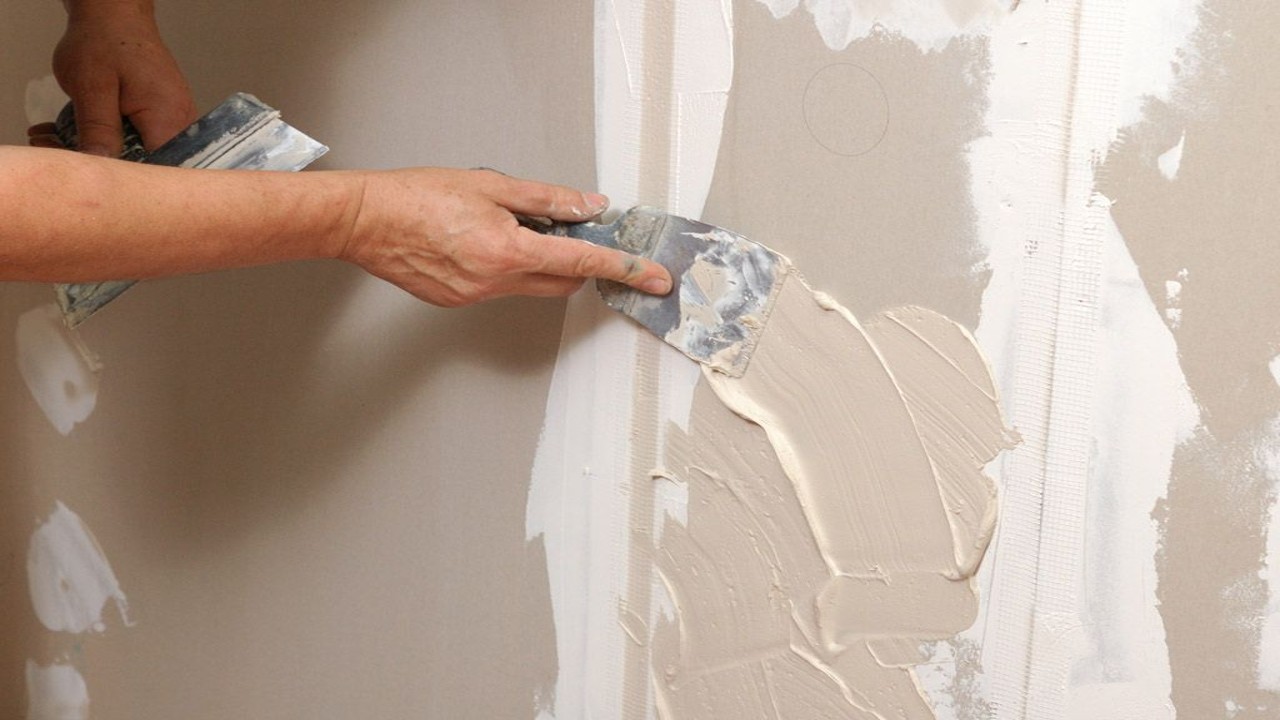
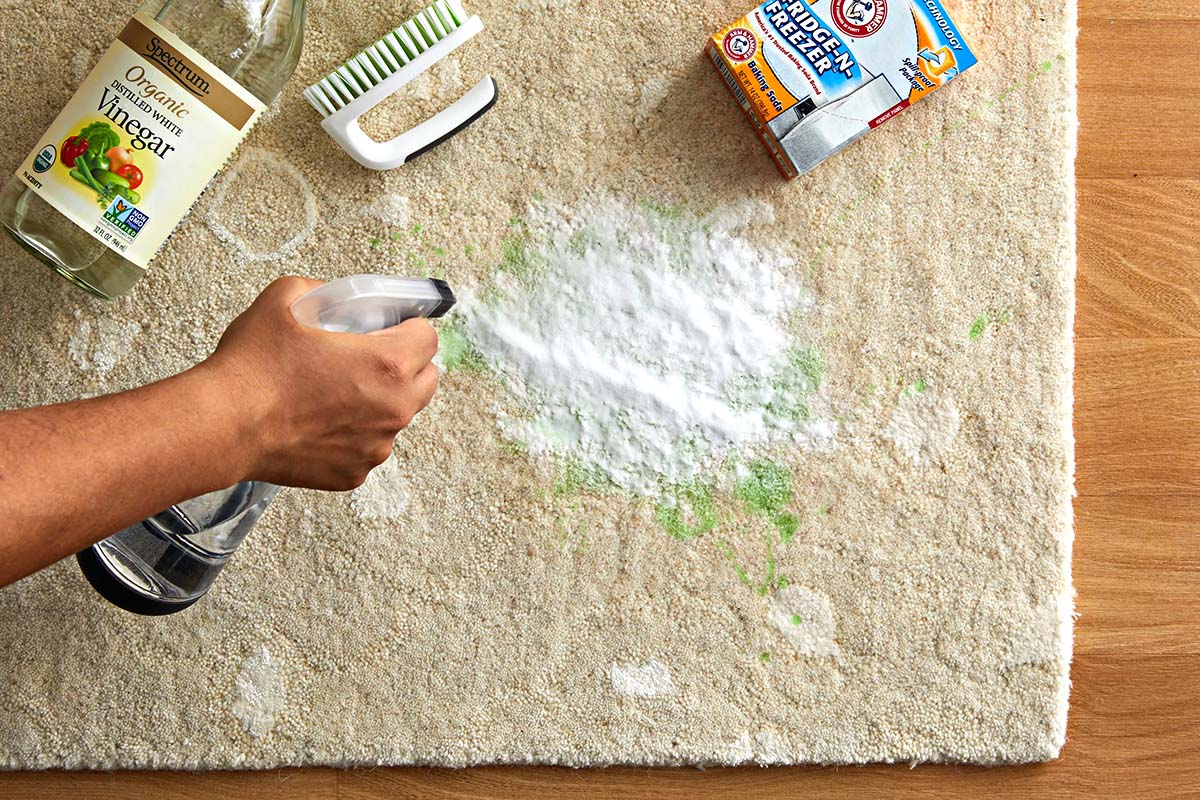
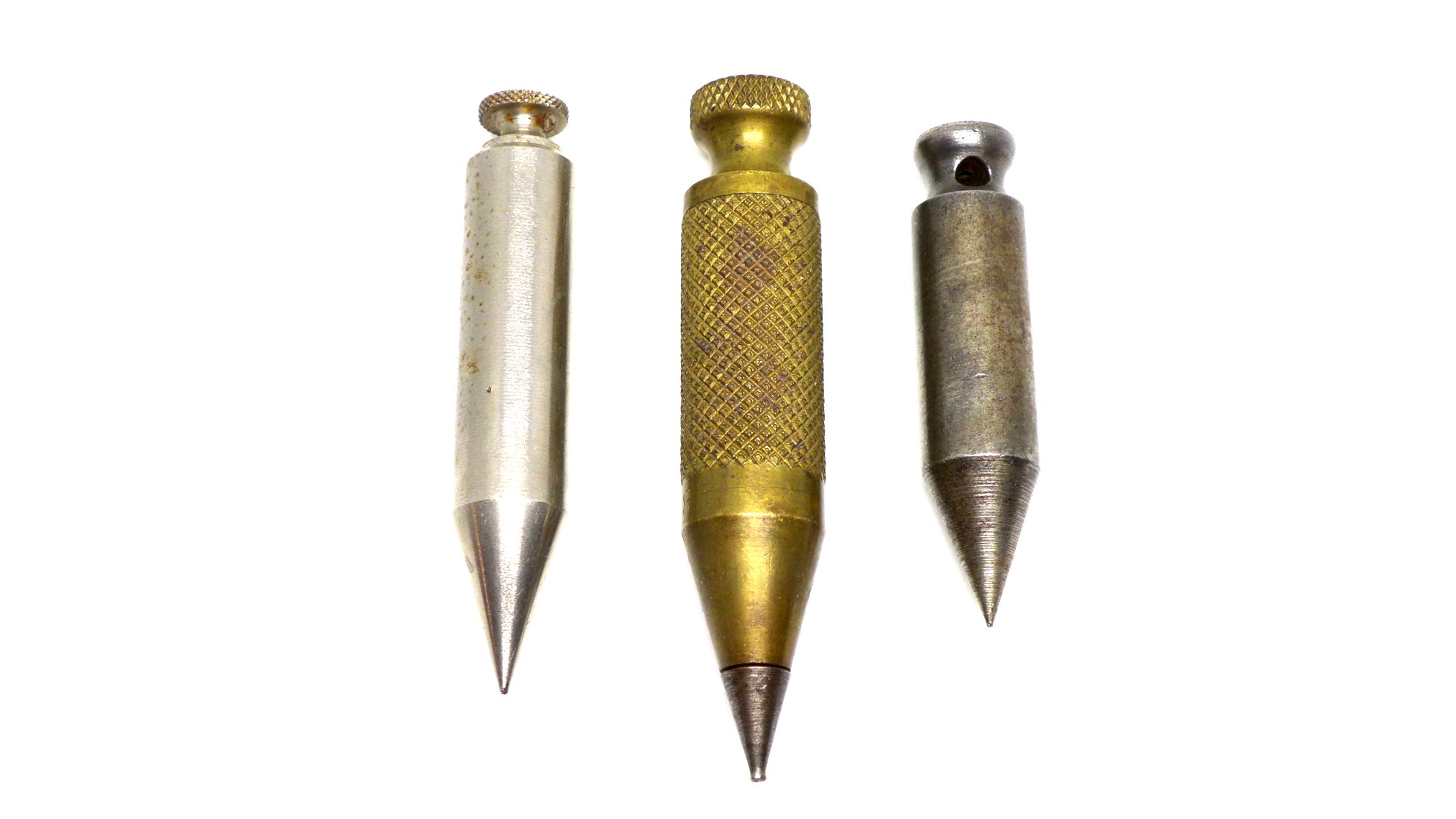
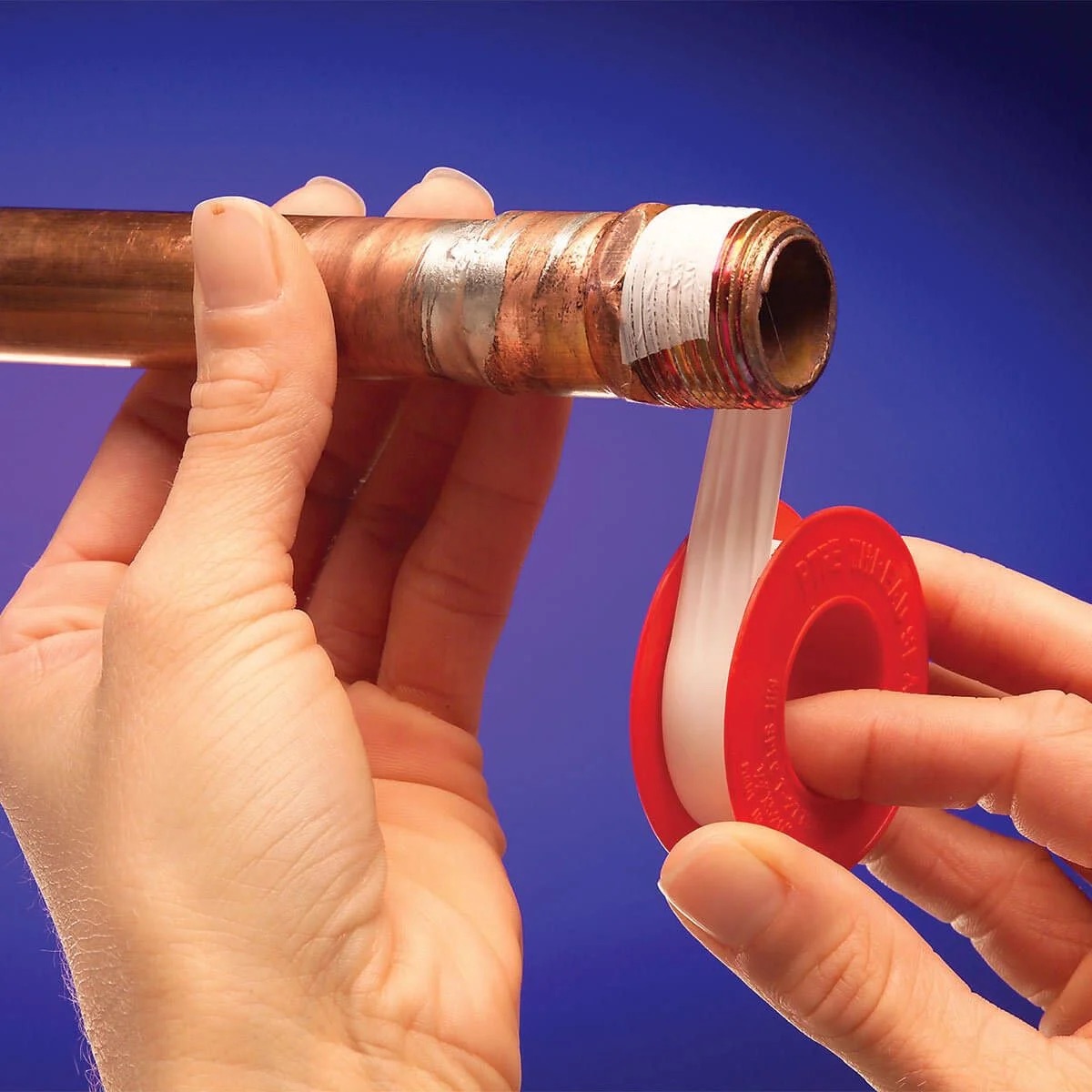
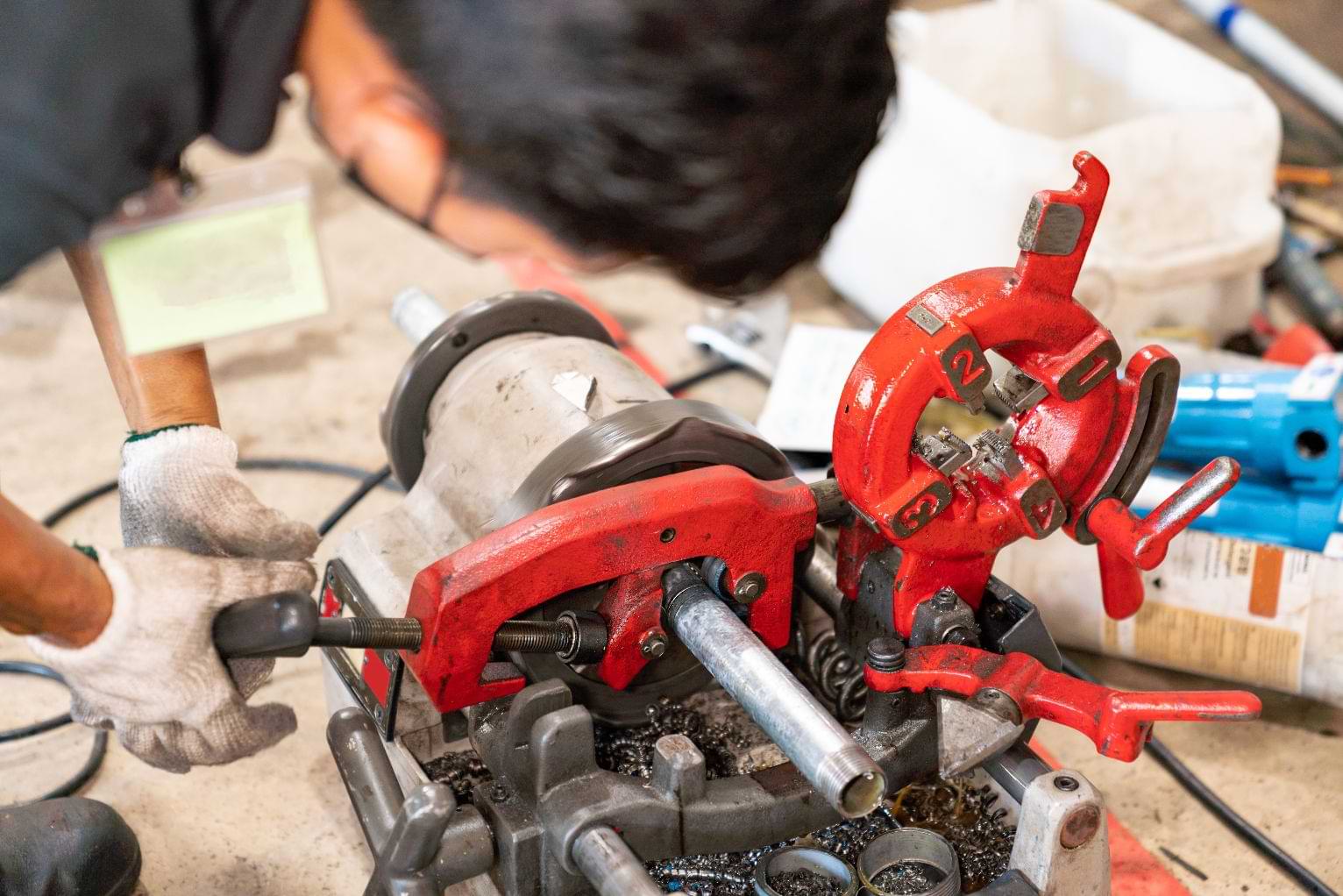
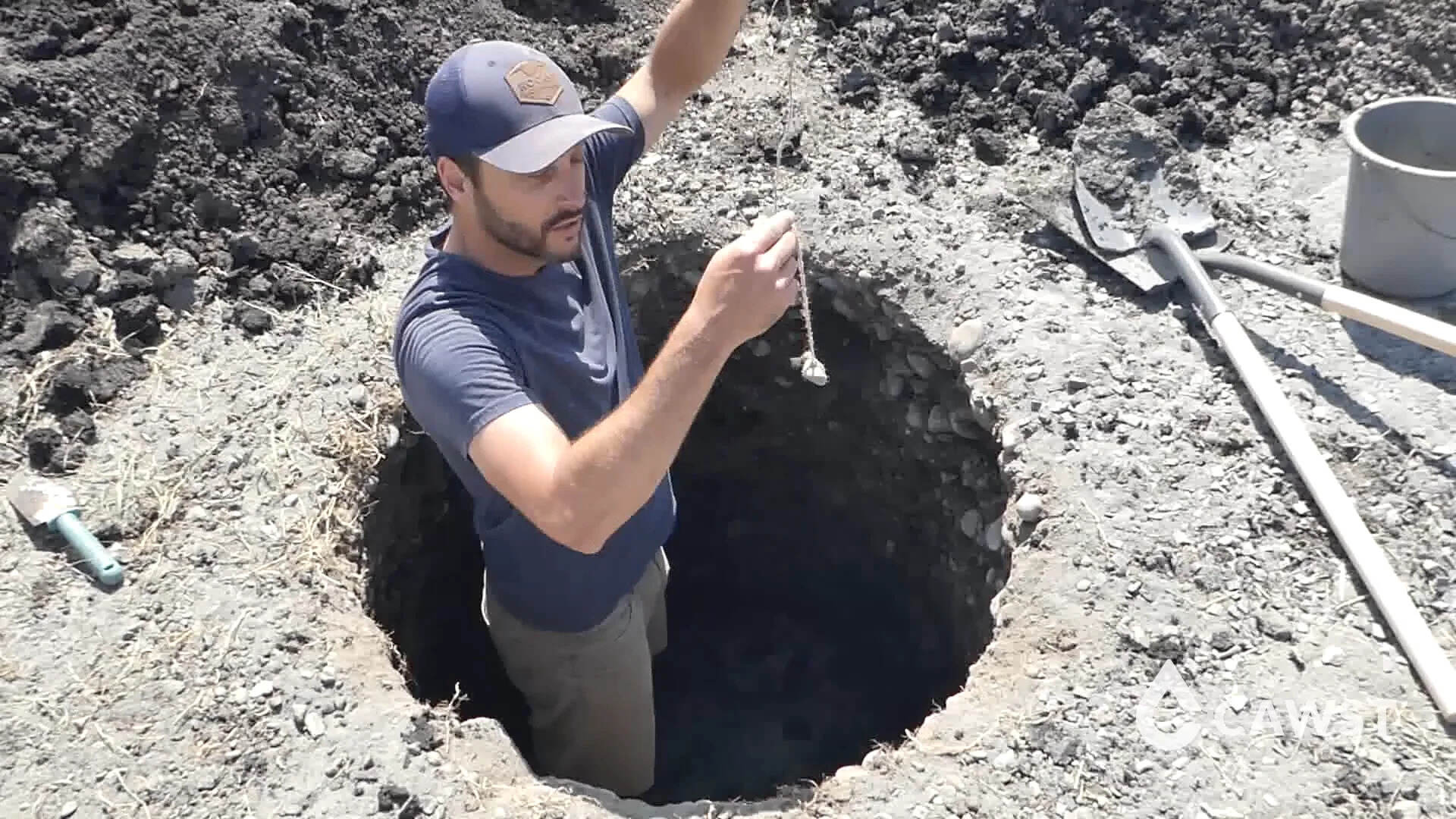
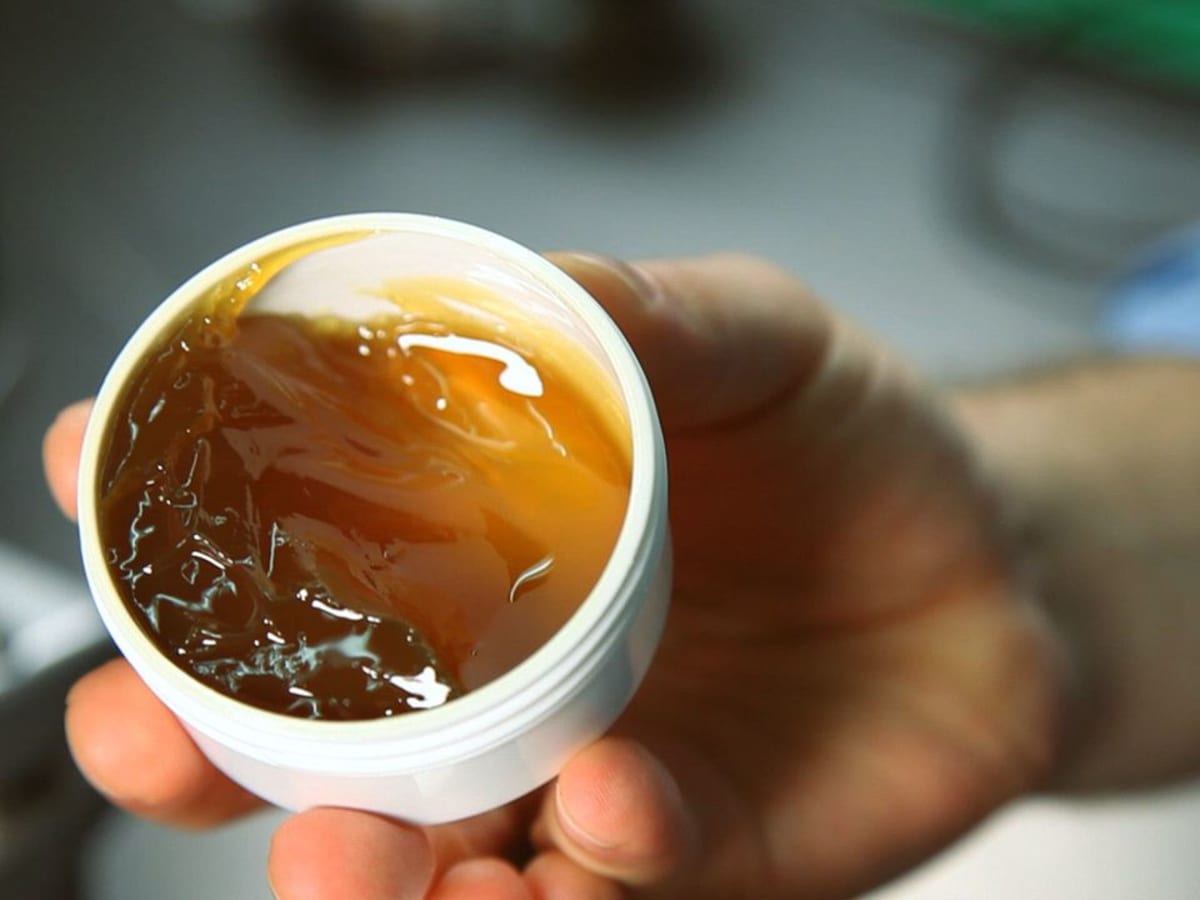
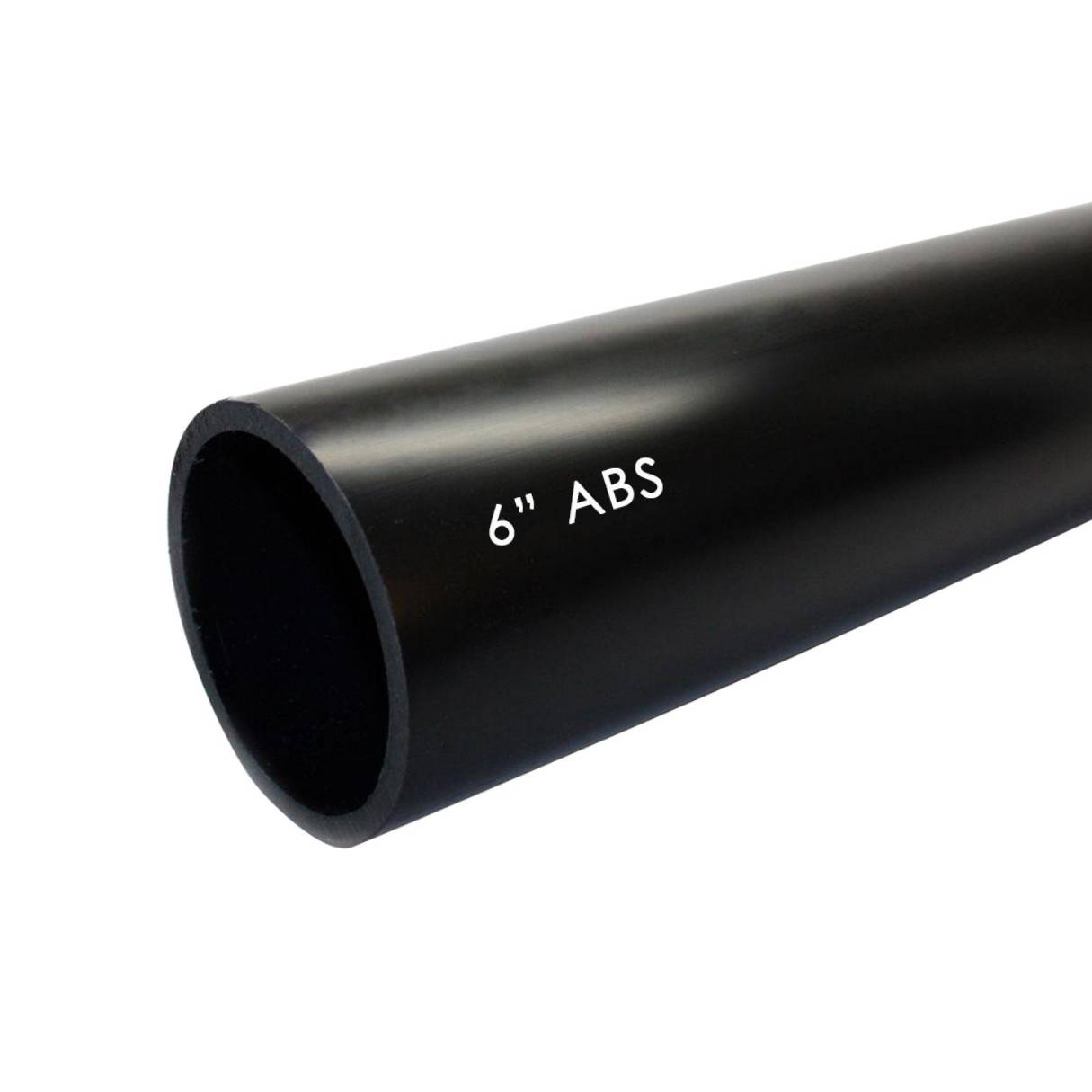
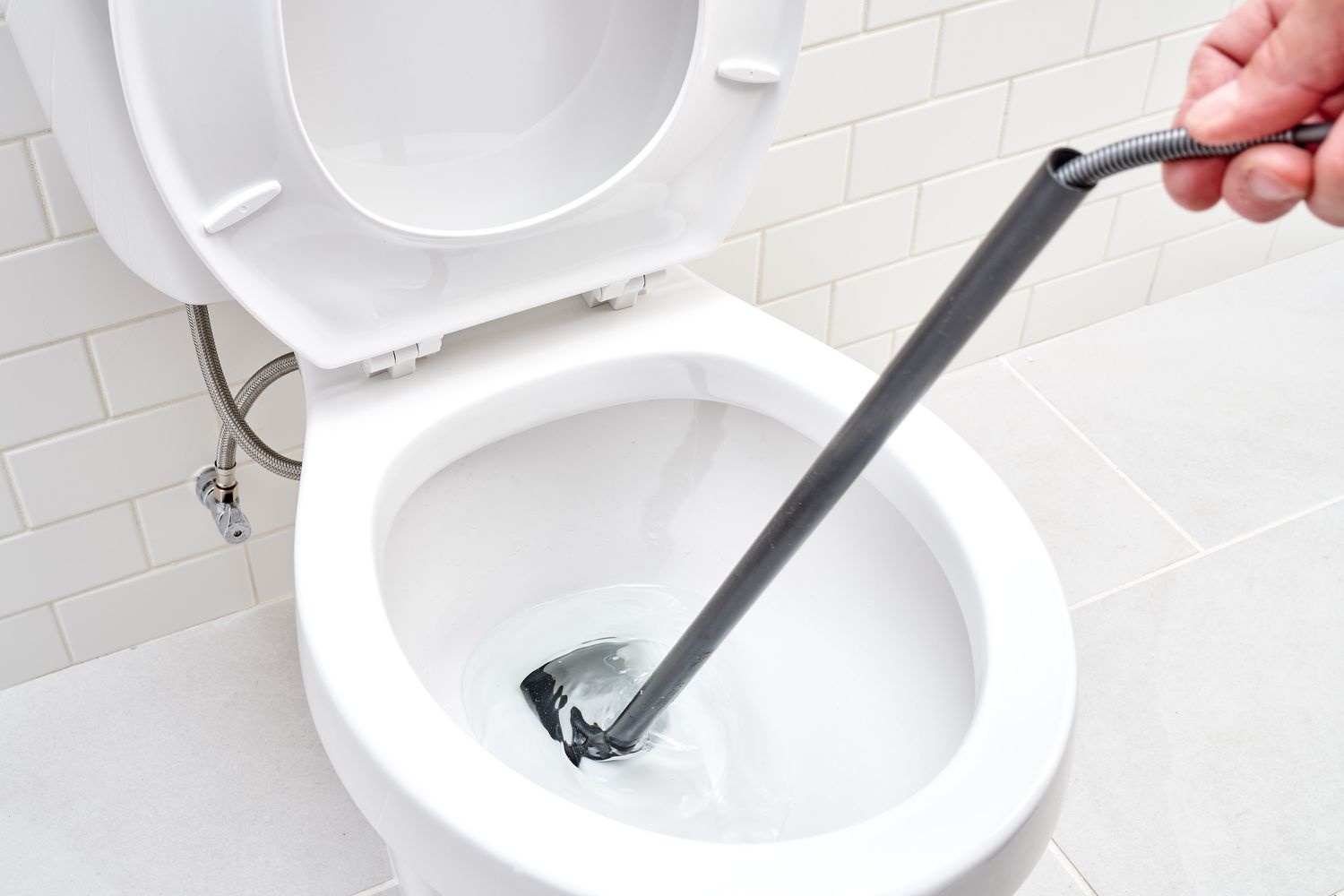
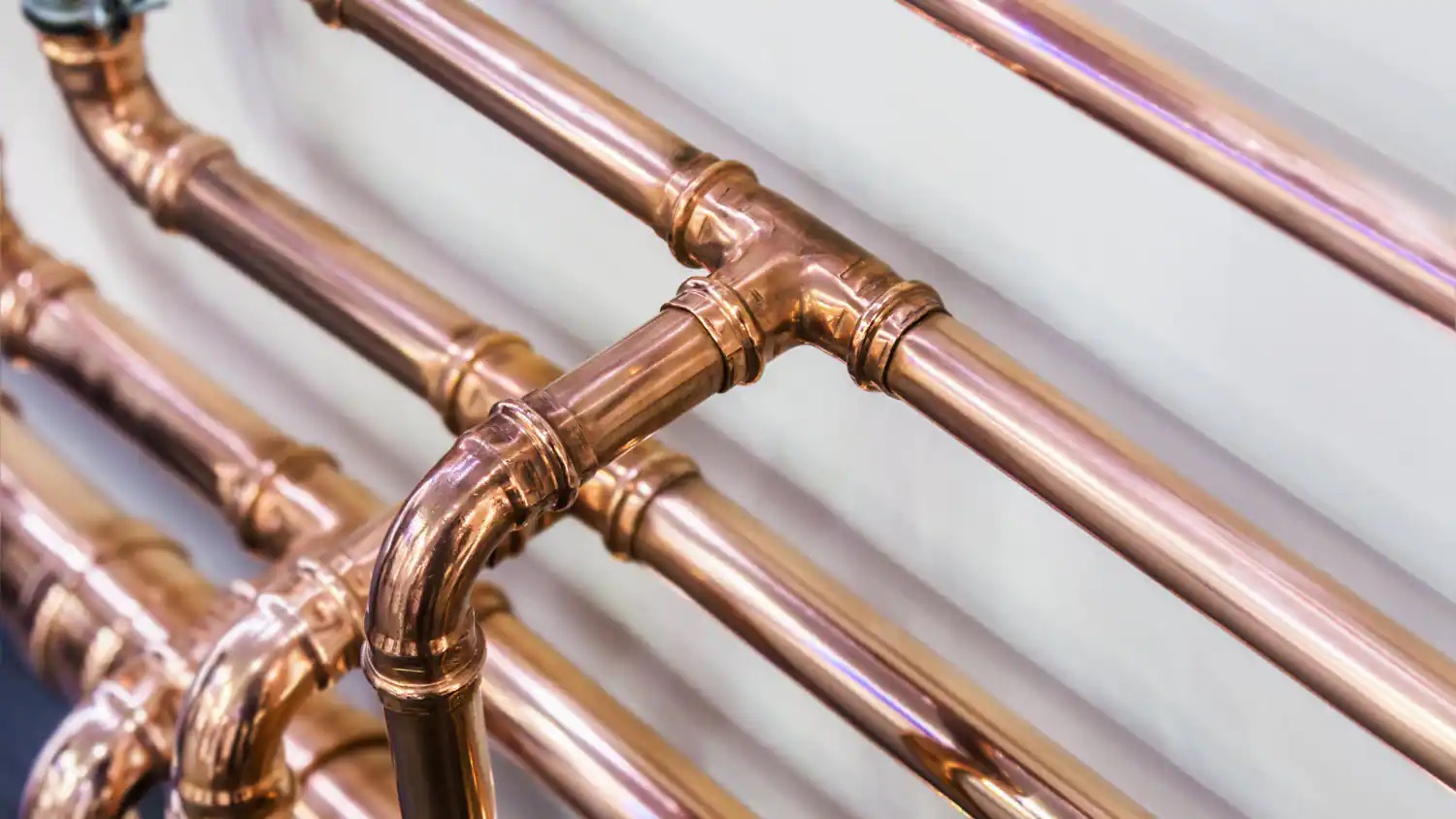
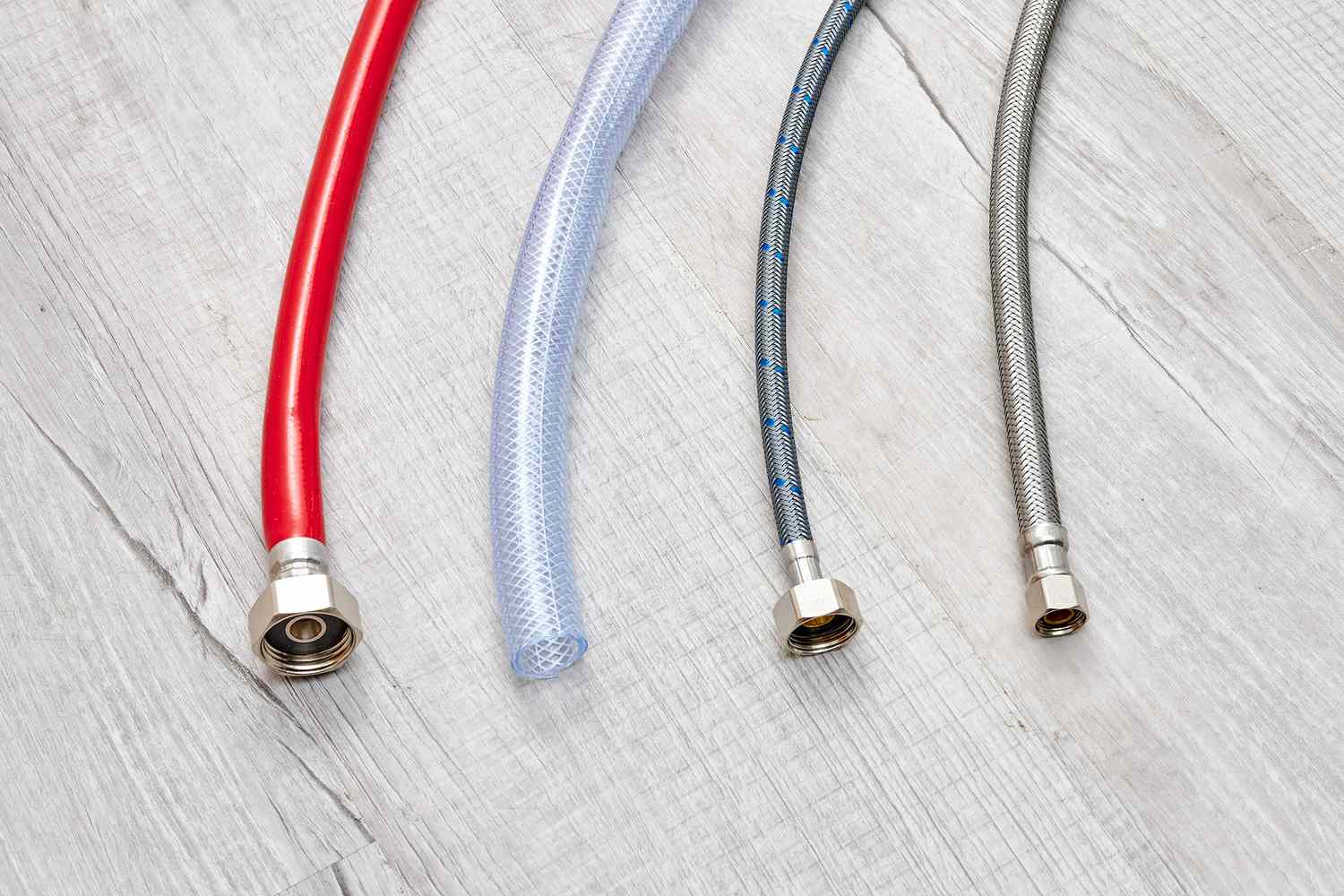
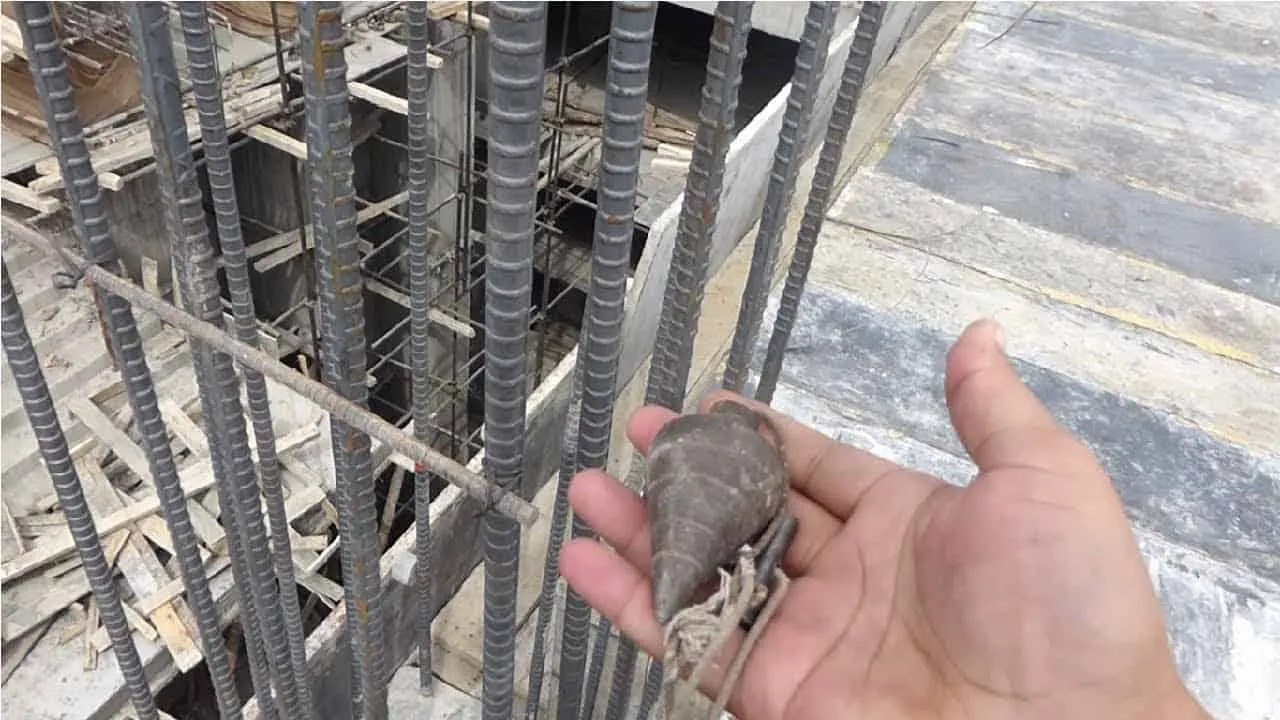
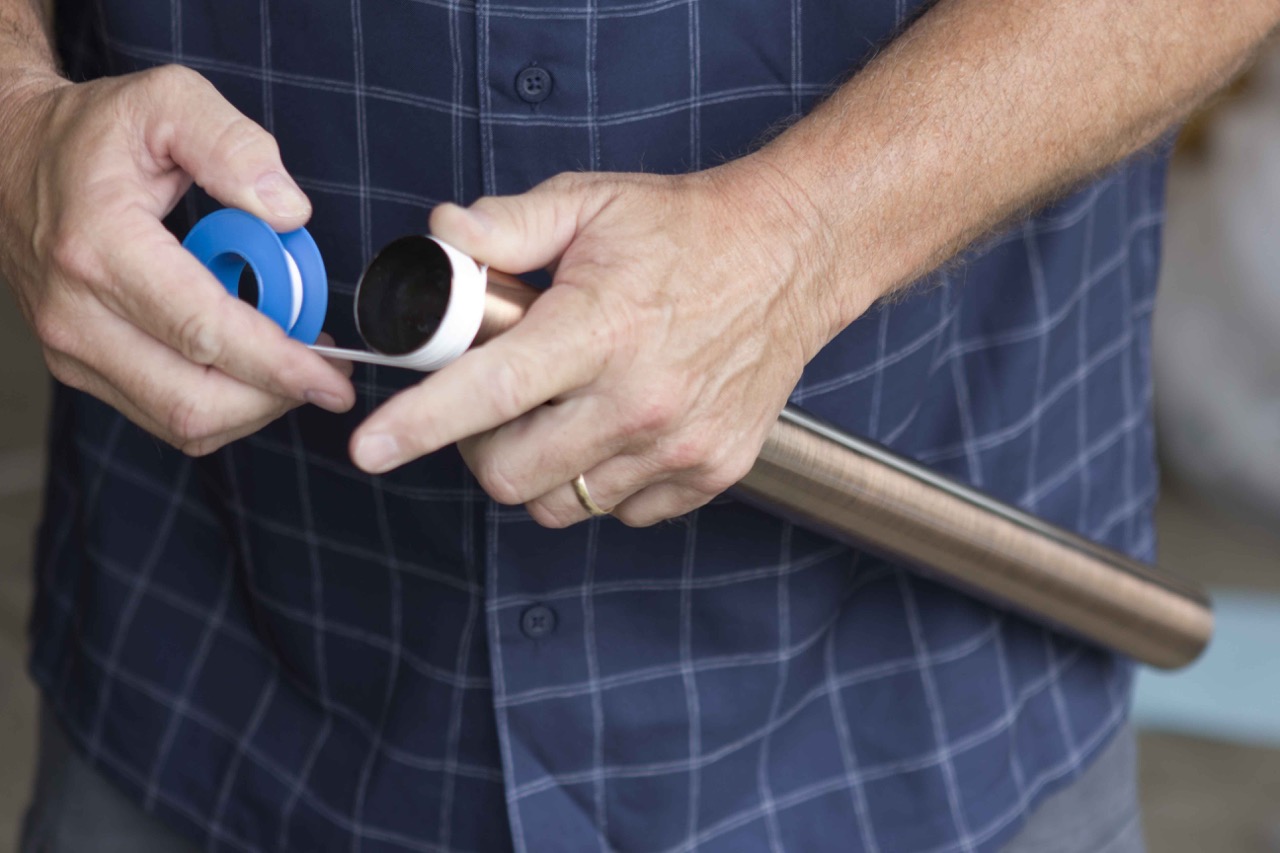
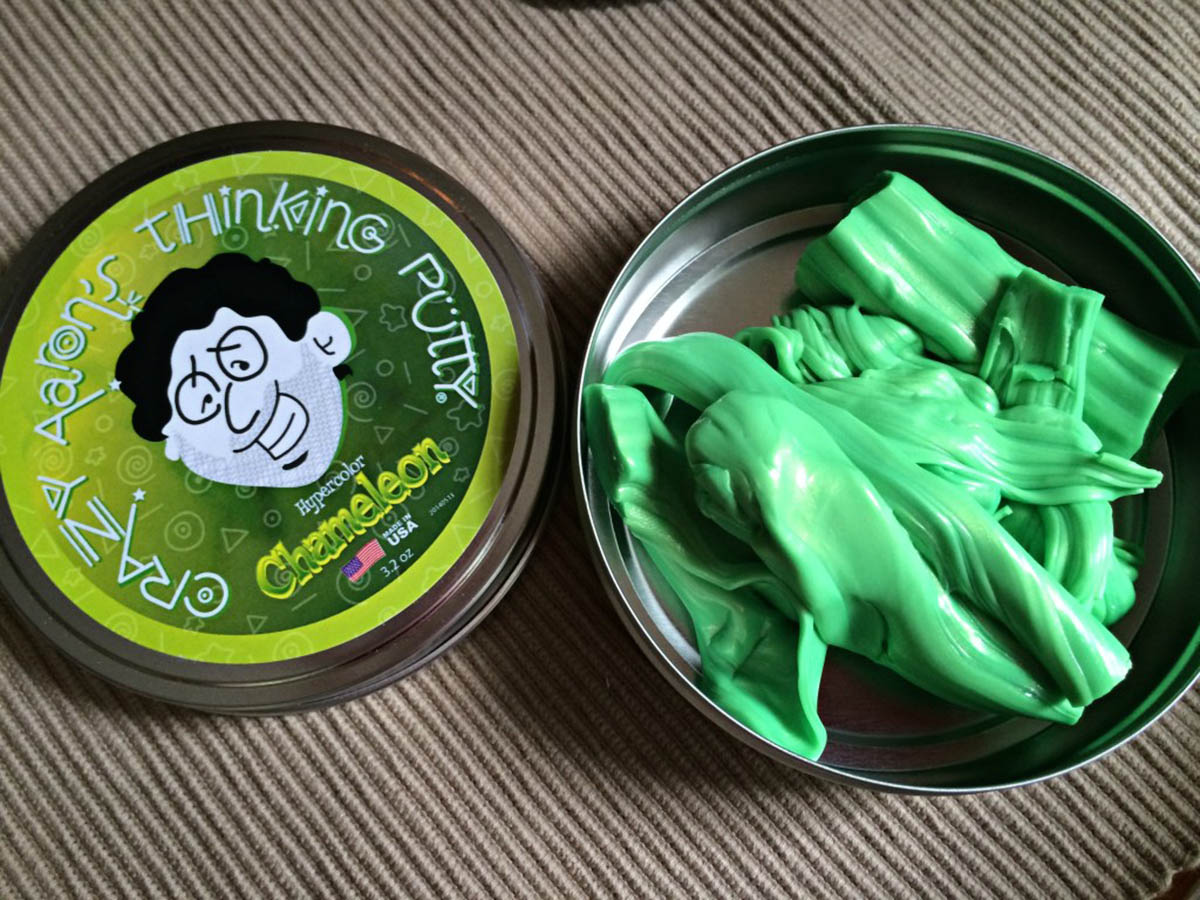

0 thoughts on “How To Use Plumbing Putty”